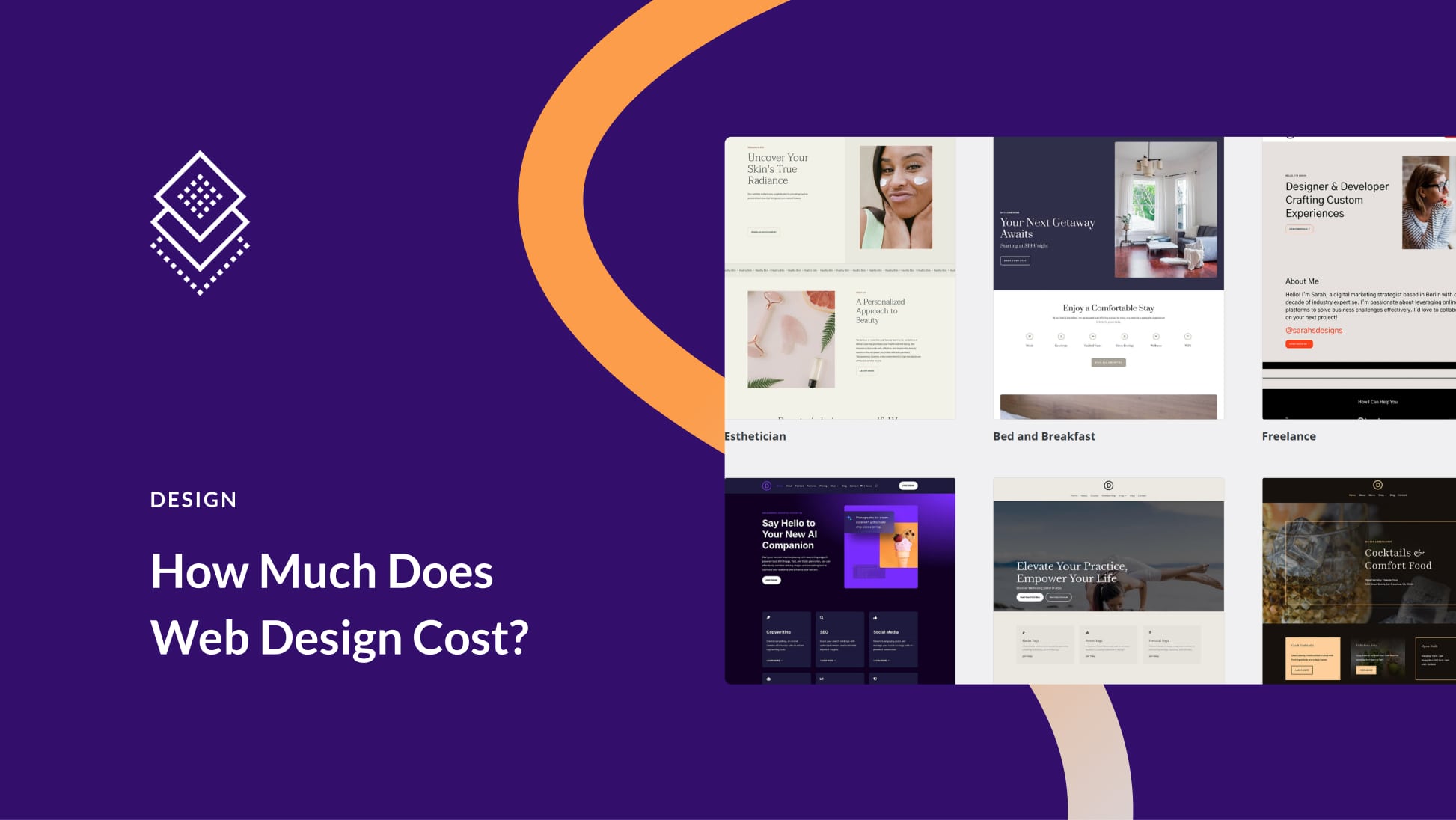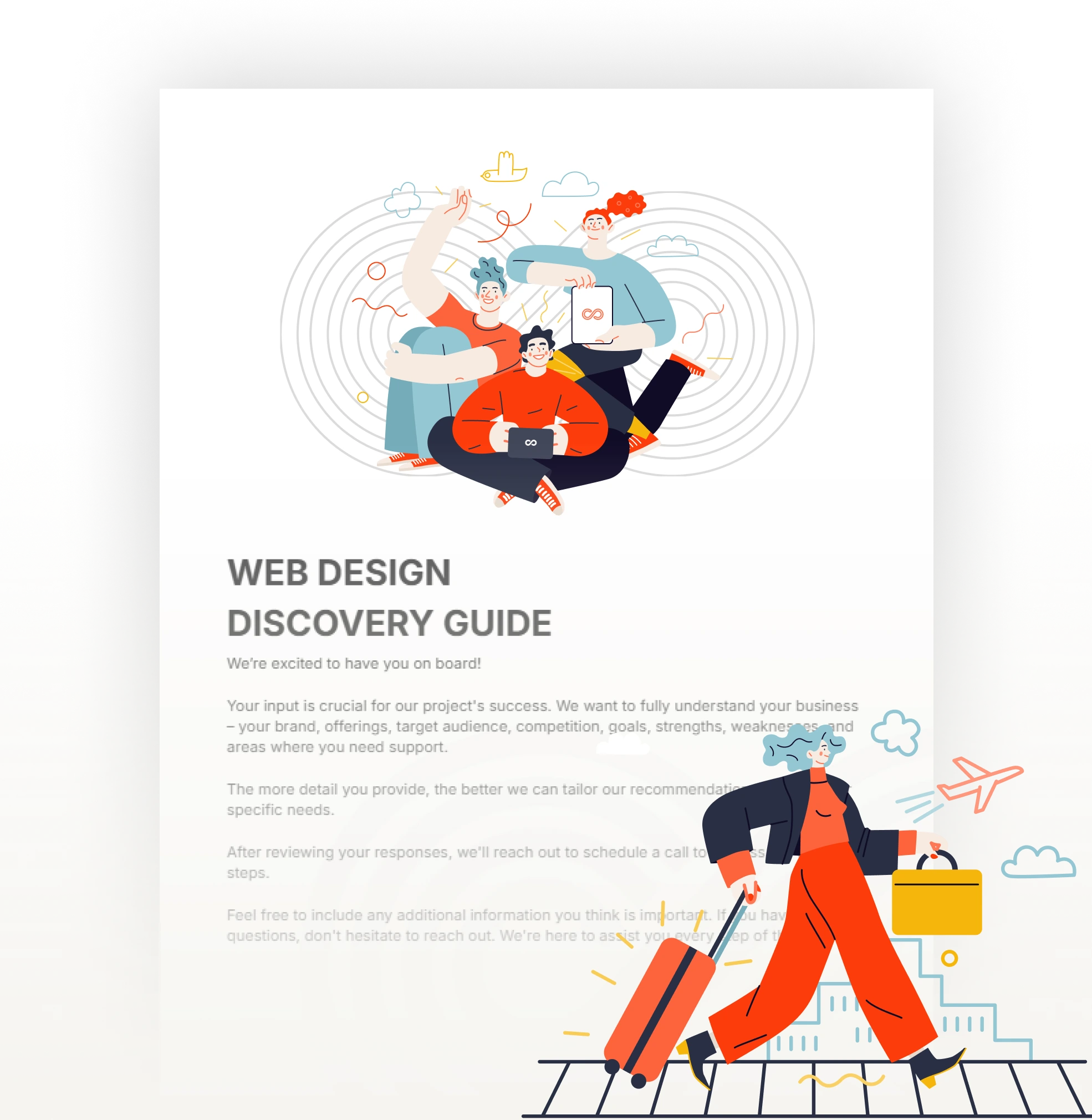Aligned Position Web Design: Comprehensive Web Design Solutions for Small and Large Businesses
Aligned Position Web Design: Comprehensive Web Design Solutions for Small and Large Businesses
Blog Article
The Most Effective Kinds of Web Design to Enhance Customer Experience and Engagement
In the ever-evolving landscape of digital interaction, the performance of Web design significantly impacts customer experience and interaction. Numerous layout strategies, such as minimal, responsive, and interactive designs, each offer distinct advantages that can provide to varied customer requirements.
Minimal Web Design
As electronic landscapes end up being progressively cluttered, minimal Web design has arised as an effective approach to improving user experience. This layout ideology prioritizes simpleness, focusing on crucial elements while getting rid of unneeded disturbances. By making use of sufficient white space, simple navigating, and a minimal color palette, minimalist layout cultivates quality and directs user interest to key content.
The core principle of minimal website design is to develop a smooth interaction for individuals. By decreasing cognitive tons, customers can promptly grasp details without really feeling overwhelmed. This direct method not just enhances usability however additionally urges involvement, as site visitors are a lot more likely to explore a site that is visually attractive and simple to browse.
Additionally, minimal layout commonly stresses typography and imagery, utilizing these elements strategically to communicate messages effectively. In significance, minimalist Web layout is not just a pattern; it is a thoughtful approach that identifies the relevance of user-centered layout.
Responsive Web Layout
In today's diverse digital atmosphere, responsive website design has come to be vital for producing a smooth user experience across a plethora of tools. As customers accessibility internet sites on smartphones, desktop computers, laptop computers, and tablets, the capacity of a site to adapt its layout and content to various display sizes and resolutions is vital.
Responsive website design uses adaptable grids, pictures, and CSS media queries to guarantee that Web material is provided efficiently, no matter the gadget used. This technique not only improves the aesthetic appeal of a web site yet additionally dramatically boosts usability. Individuals are a lot more most likely to involve with a website that provides a regular experience, as it removes the aggravation of needing to zoom in or scroll excessively.
By embracing receptive design, companies can improve their exposure and reach a broader target market. In recap, responsive Web design is a fundamental practice that boosts user experience, engagement, and total satisfaction.
Interactive Website Design
Responsive Web style lays the foundation for boosting individual experience, yet interactive website design takes this a step further by engaging customers in a much more vibrant way - Aligned Position Web Design. By including aspects such as animations, clickable models, and real-time feedback, interactive website design astounds users, drawing them into a richer browsing experience
This technique not just fosters engagement however additionally encourages customers to check out content proactively instead than passively consuming it. Techniques such as gamification, where users earn benefits for completing tasks, can substantially enhance the moment spent on a website and boost overall complete satisfaction. Interactive functions can simplify complicated information, making it a lot more absorbable and enjoyable.

Including interactive design components can also cause greater conversion rates, as users are more likely to engage with a site that proactively entails them. Aligned Position Web Design. Eventually, interactive Web design changes user click for source experiences right into remarkable trips, ensuring that visitors return time after time
Flat Design
Characterized by its minimalistic method, level layout highlights simpleness and functionality, removing unnecessary elements and concentrating on vital functions. This style approach prioritizes use, ensuring that individuals can navigate user interfaces easily and effectiveness. By using a clean aesthetic, flat style removes the clutter often discovered in extra elaborate designs, consequently enhancing user concentrate on material and performance.
The hallmark of level layout depends on its usage of vibrant shades, straightforward typography, and geometric shapes. These aspects add to a visually enticing interface that is both approachable and modern-day. Furthermore, level style fosters a feeling of clarity, allowing individuals to discern necessary actions and info without disturbance.
Additionally, flat style is especially efficient in receptive Web design, as its simplicity converts well across numerous tools and screen dimensions. By concentrating on crucial functions, flat style not just meets individual requirements however additionally encourages seamless communication, making it an essential part of efficient Web design techniques.
Flexible Website Design
Adaptive website design customizes the user experience by producing several repaired formats customized to various screen sizes published here and tools. Unlike responsive style, which fluidly readjusts a solitary layout, adaptive layout utilizes unique formats for details breakpoints, making certain optimum presentation on numerous systems. This approach enables designers to focus on the unique attributes of each device, enhancing usability by providing exactly what customers need based upon their context.
Among the key advantages of flexible website click this link design is its ability to enhance load times and efficiency. By offering tailored material and images that fit the customer's device, sites can reduce information usage and enhance loading rates. This is particularly beneficial for individuals with slower connections or limited information plans.

Additionally, adaptive style helps with an extra consistent and regulated branding experience. Considering that designers develop multiple designs, they can make sure that the aesthetic components align with the brand's identity throughout various platforms - Aligned Position Web Design. This causes a natural customer experience, enhancing interaction and promoting user retention
Final Thought
In verdict, the combination of minimalist, responsive, and interactive Web style principles significantly improves user experience and interaction. Minimal layout fosters clearness and emphasis, while receptive style makes certain versatility across various gadgets, advertising ease of access. Interactive layout captivates customers with vibrant aspects, encouraging expedition and customization. Collectively, these layout approaches add to the creation of user-friendly atmospheres that not only boost contentment however also drive greater conversion rates, emphasizing their crucial value in modern Web layout approaches.

Minimalist layout promotes clearness and focus, while responsive style ensures flexibility across various tools, advertising ease of access. Collectively, these layout comes close to add to the development of user-friendly settings that not only boost contentment but also drive greater conversion prices, highlighting their important significance in modern Web layout strategies.
Report this page